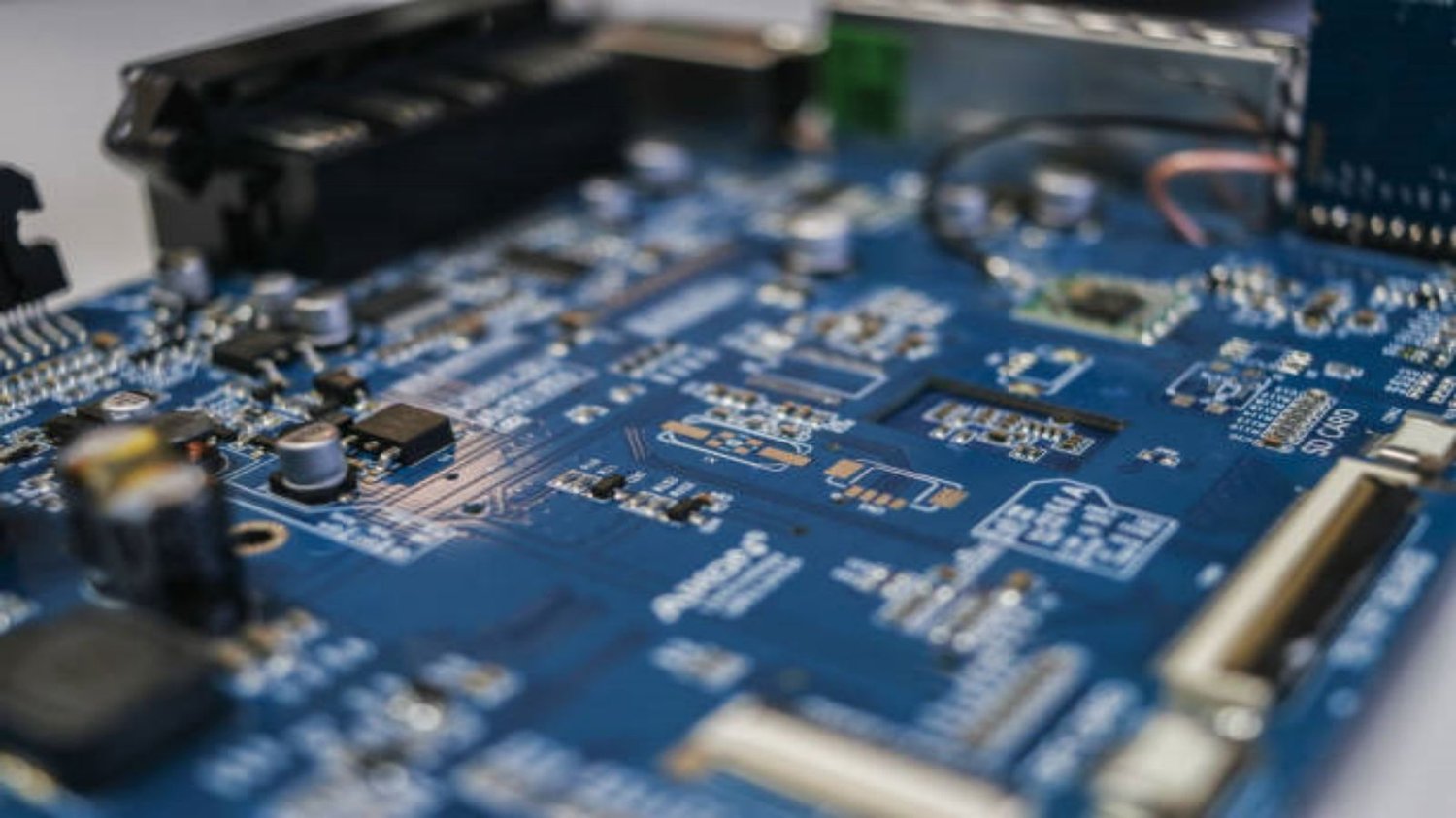Table of Contents

The Importance of planar coil inductance in Electronics
In the world of electronics, planar coil inductance plays a crucial role in various applications. Whether it's in power supplies, wireless charging, or signal filtering, understanding the fundamentals of planar coil inductance is essential for engineers and enthusiasts alike. In this article, we will explore the basics of planar coil inductance, its significance, and its applications in different electronic devices.
Understanding Planar Coil Inductance: A Brief Introduction
Planar coil inductance refers to the property of a planar coil to store energy in the form of a magnetic field when an electric current passes through it. It is a measure of how much an inductor resists changes in current flow. Inductance is typically measured in henries (H), although microhenries (μH) and millihenries (mH) are commonly used in electronics. Planar coils, also known as printed coils or flat coils, are coil structures arranged in a flat or planar manner, as opposed to traditional wound coils.
The Factors Influencing Planar Coil Inductance
Several factors affect the inductance of a planar coil. The most significant factor is the coil's physical dimensions, including the number of turns, the coil's diameter, and the separation between the turns. Generally, increasing the number of turns and reducing the separation between turns will increase the inductance. Additionally, the material used for the coil's conductive traces can influence inductance. Higher conductivity materials, such as copper, tend to offer lower resistance, resulting in higher inductance.
Applications of Planar Coil Inductance in Wireless Charging
Wireless charging, also known as inductive charging, is one of the significant applications of planar coil inductance. In this application, planar coils are used in both the charging pad and the device being charged. The charging pad's planar coil generates an alternating magnetic field, which induces a current in the device's planar coil, allowing for efficient and convenient charging without the need for physical connectors. Planar coil inductance plays a vital role in achieving optimal power transfer efficiency in wireless charging systems.
The Role of Planar Coil Inductance in Power Supply Designs
Planar coil inductance is also crucial in power supply designs. Switching power supplies, commonly found in electronic devices, rely on inductors to store and release energy efficiently. The inductor's planar coil design contributes to compact and lightweight power supply designs, making it ideal for portable devices. By carefully selecting the inductance value and optimizing the planar coil structure, engineers can achieve higher power conversion efficiencies and reduced electromagnetic interference (EMI) in power supply circuits.
Planar Coil Inductance in Radio Frequency (RF) Circuits
In RF circuits, planar coil inductance is utilized for various functions, including impedance matching, filtering, and signal conditioning. Impedance matching ensures maximum power transfer between the source and load by adjusting the inductance value. Planar coils are also used in RF filters, where they help attenuate unwanted frequencies and allow only the desired frequencies to pass through. Additionally, planar coil inductance assists in signal conditioning, allowing for optimal signal strength and quality in RF communication systems.
Planar Coil Inductance for Sensing and Actuation
Planar coil inductance finds applications in sensing and actuation systems as well. By incorporating planar coils in proximity sensors, engineers can detect the presence or absence of an object based on changes in inductance caused by the object's proximity. Planar coils can also be used in actuators, where the magnetic field generated by the coil interacts with magnets or ferromagnetic materials to produce mechanical movement. Such applications are commonly found in robotics, automotive systems, and industrial automation.
Advantages and Disadvantages of Planar Coil Inductance
Like any technology, planar coil inductance has its advantages and disadvantages. One of the significant advantages is its compact and flat design, which allows for easy integration into various electronic devices. Planar coils also offer lower resistance compared to their wound counterparts, resulting in higher efficiency and reduced power losses. However, planar coil inductance may suffer from limited inductance values compared to larger wound coils, limiting their use in certain applications requiring higher inductance.
Optimizing Planar Coil Inductance: Design Considerations
When designing planar coil inductors, several considerations can help optimize their performance. Increasing the number of turns in the coil, using higher conductivity materials, and reducing the separation between turns can enhance inductance. Additionally, careful placement of the planar coil within the circuit layout, minimizing proximity to other conductive elements, and considering the impact of nearby magnetic materials are crucial factors to achieve desired inductance values and minimize unwanted interference.
The Future of Planar Coil Inductance in Electronics
As technology continues to advance, planar coil inductance is expected to play an increasingly significant role in various electronic applications. With the rise of wireless charging, the demand for efficient and compact planar coil designs will continue to grow. Moreover, the development of new materials and fabrication techniques may further enhance planar coil performance, allowing for higher power densities, improved signal integrity, and enhanced sensing capabilities.
